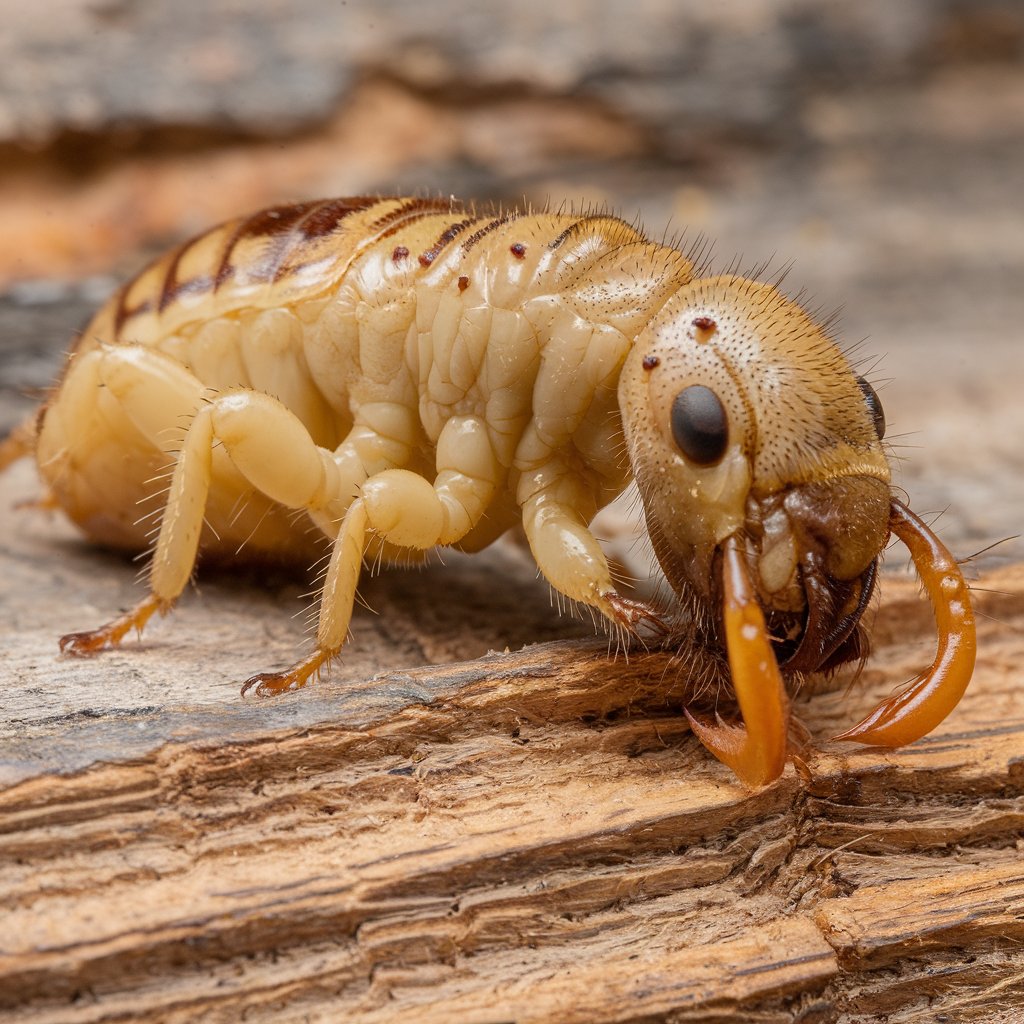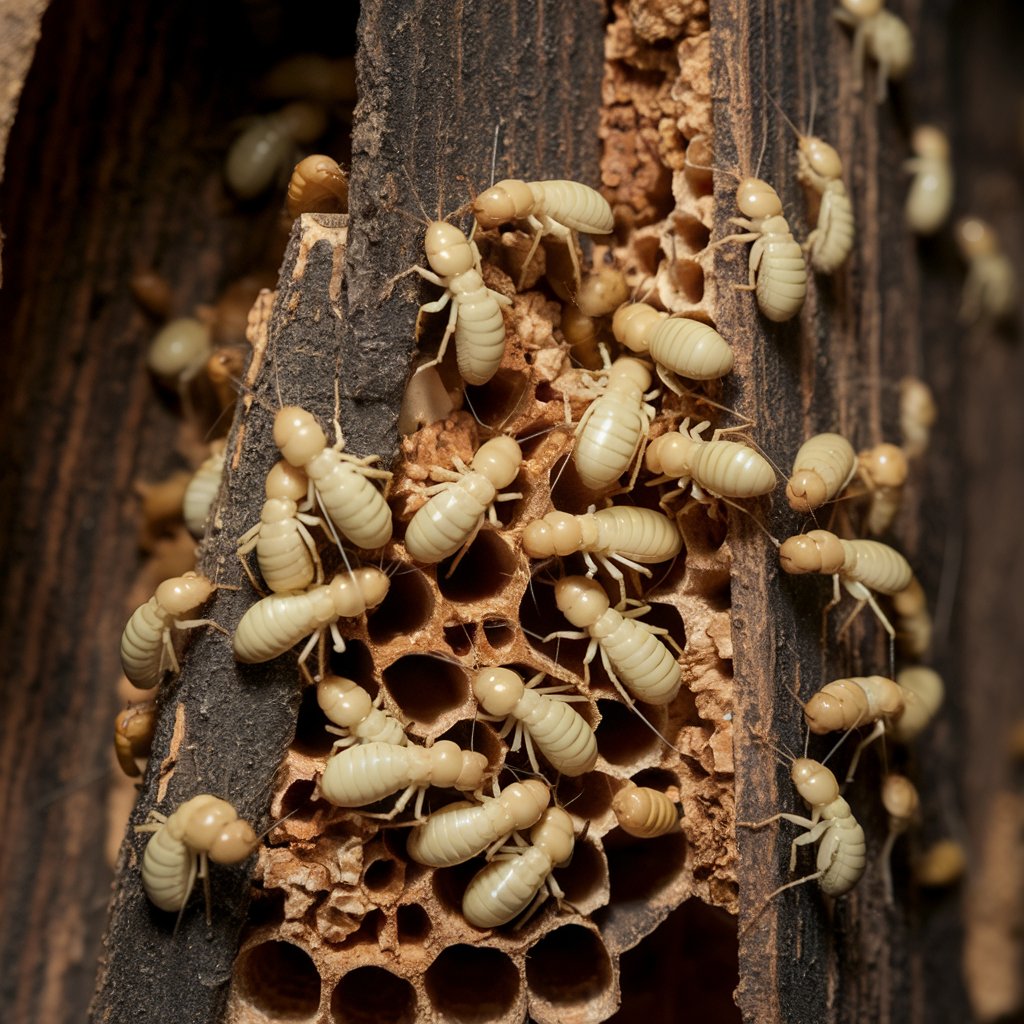Termites are considered one of the most destructive pests when it comes towooden furniture, structures, and buildings. Thus, these insects are a common and very serious problem among all the property owners in Australia.
Termites not only devour wood but also materials like paper, cardboard, etc. If you want to protect your property, it is important to know the best possible ways to keep the termites at bay.
Although you can follow DIY methods to get rid of termites, hiring professionals would give you the best possible result. Before knowing how to treat termites in house, you must be aware of the signs of termite infestation.


How to Treat Termites in House
Step 1: Inspect Your Home for Signs of Termites
The first thing you need to do is to start inspecting your house for signs of termite infestation. Here are some common signs:
Mud Tubes
If you notice thin, dirt-like tunnels running along your walls, near windows, or under your home’s foundation, you might have termites. These mud tubes are built from soil, saliva, and termite waste, acting as a protective passage for termites to travel while staying hidden from predators and dry air. Spotting them is a big red flag that termites are nearby and active.
Tiny Droppings That Look Like Sawdust
Ever seen small piles of what looks like sawdust or tiny coffee grounds around your home? That could be termite droppings, also called frass. Drywood termites push out their waste as they chew through wood, leaving behind these telltale signs. If you notice these mysterious specks near wooden furniture, floorboards, or cracks in walls, it’s time to investigate.
Hollow or Damaged Wood
Termites love to feast on wood from the inside out, meaning the damage isn’t always visible at first. Try tapping on wooden surfaces like door frames, furniture, or support beams—if it sounds hollow or crumbles easily, termites may have been secretly dining on it for a while. You might also notice cracked, blistered, or buckling wood, which is another sign they’re causing trouble.
Step 2: Identifying the Type of Termites
If you want to know how to treat termites in housethen you also need to figure out what kind of termite you are dealing with. The two most common types of termites that invade homes are:
1. Subterranean Termites
These termites live in the soil and build mud tubes to reach their food sources. They are the most destructive species in Australia, capable of causing severe structural damage if left untreated.
2. Drywood Termites
Unlike subterranean termites, drywood termites live inside the wood itself and do not rely on mud tubes. Though they are less common, they can still cause significant harm to wooden furniture, flooring, and even structural beams.
Step 3: Contact a Pest Control Professional
If there are signs of termite infestation in your house, you need to act quickly. Many property owners prefer DIY methods to get rid of the termites, but it can be a daunting task. Moreover, it can increase the chance of future infestation. Therefore, you should always contact a licenced professional to carry out the task.
Professionals can perfectly inspect your home and prepare a detailed report about the extent of the infestation. They know how to treat termites in walls and furniture, so they will also recommend the best termite treatment option that will give you the result you want.
Treating Termites
A pest control professional treats termites in a few different ways. Here are the most common methods:
- Termite fumigation: It is a fast-kill processin which the professionals use a gas to destroy termites.
- Termite baits: Itis a slow-kill technique in which the experts use a pesticide that attractsthe termites and ultimately kills them.
- Liquid termiticide: It is a kind of pesticide that professionals inject into the soil around the home. It is a highly effective method to treat the subterranean termites.
Preventing Future Infestations
The professionals not only help with the termite treatment but also provide homeowners with tips that prevent future infestations. If you want to know how to treat termites naturally, here are some important tips.
- Keep your home clean and clutter-free – Termites thrive in hidden, undisturbed areas. Regular cleaning helps reduce their hiding spots.
- Seal any cracks or gaps – Tiny openings in your home’s foundation or walls can invite termites inside. A little caulking now can save you big headaches later.
- Schedule an annual termite inspection – A professional check-up can catch early signs of infestation before serious damage occurs.
- Invest in a reliable termite management system – Installing a proven system like Flick Termite Management adds an extra layer of defence, helping to keep your home safe from costly termite damage.
Take Away
Treating termites in a house can be a time-consuming and challenging task. Therefore, instead of opting for DIY methods, you should get in touch with the licenced professionals to protect your property. They use their skills and experience to give you the best possible result. By staying proactive, you can protect your home and avoid the stress of dealing with termite problems in the future.
